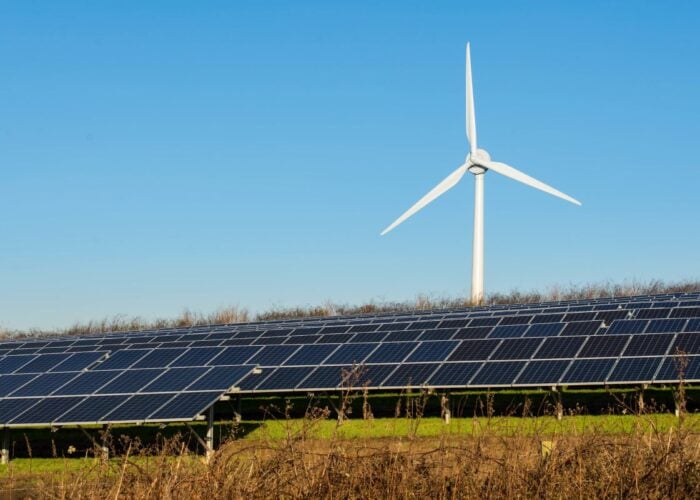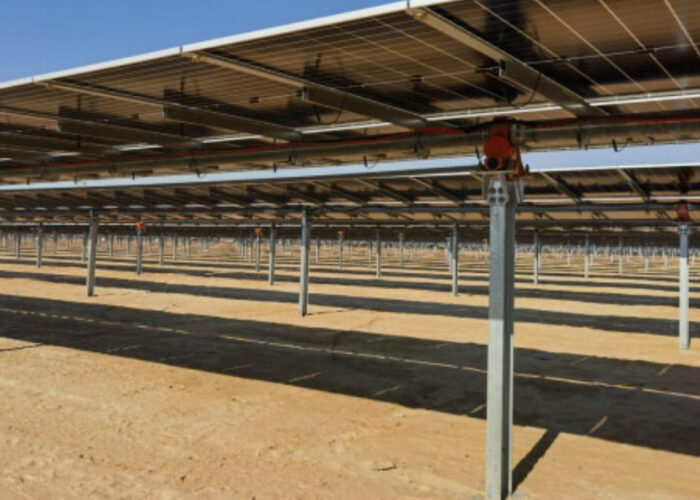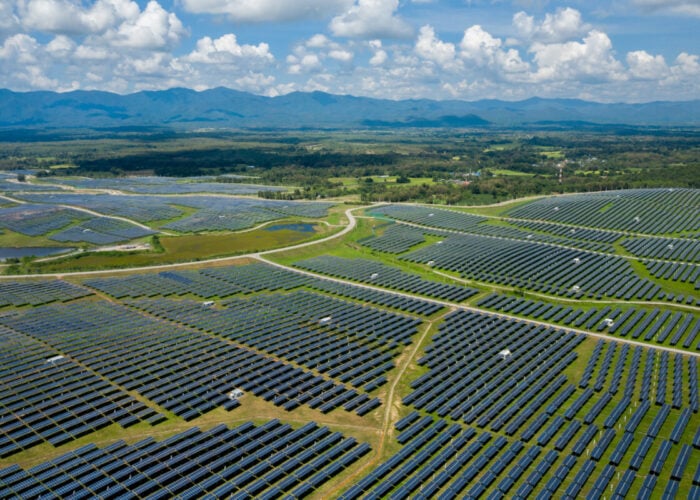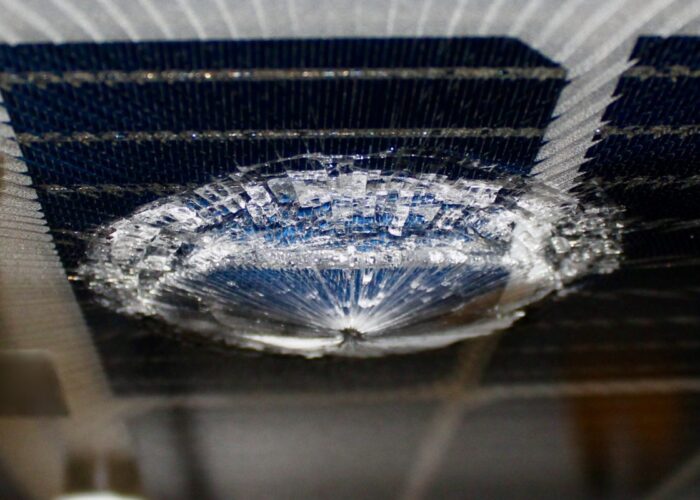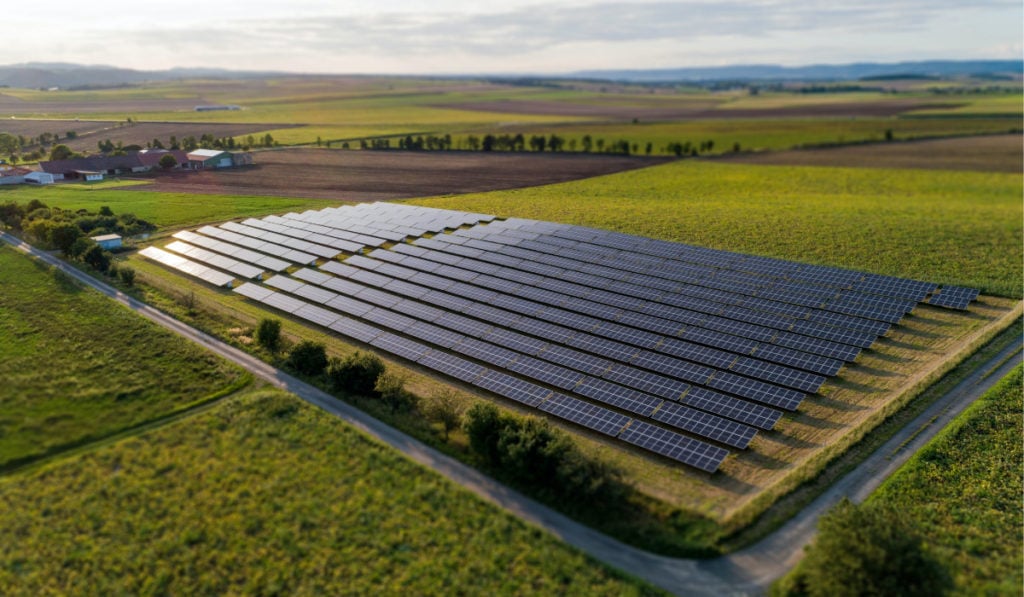
Climate insurance provider kWh Analytics has published its 5th annual Solar Risk Assessment report, detailing the three types of risk that solar developers could face, including extreme weather, financial modelling and operations.
The 2023 Solar Risk Assessment report includes a total of 12 risks under three categories. In the operational risk category, solar software company Raptor Maps stated that equipment-driven underperformance resulted in roughly US$2.5 billion in losses annually for the solar industry.
Unlock unlimited access for 12 whole months of distinctive global analysis
Photovoltaics International is now included.
- Regular insight and analysis of the industry’s biggest developments
- In-depth interviews with the industry’s leading figures
- Unlimited digital access to the PV Tech Power journal catalogue
- Unlimited digital access to the Photovoltaics International journal catalogue
- Access to more than 1,000 technical papers
- Discounts on Solar Media’s portfolio of events, in-person and virtual
Raptor Maps’ CEO Nikhil Vadhavkar and CTO Eddie Obropta said that the impact of equipment anomalies, which means issues affecting expected power production, on solar farms had been on the rise regardless of a solar asset’s location or size.
Power loss due to anomalies, including extreme weather such as hail storms, has increased by 94% since 2019, while large sites have seen the highest percentage increases affecting power production. For example, power loss increased by 336% for 50-100MW sites, 243% for 200+ MW sites, and 168% for 100-200MW sites.
On the other hand, smaller sites had a higher proportion of power loss than larger sites. Vadhavkar and Obropta suggested that a standardised and centralised system collating all relevant data, including inspections, power production, irradiance, and equipment maintenance history, is critical for the solar industry’s reliable growth.
Another issue that causes trouble in the solar PV industry is the lack of trained labour. According to Spencer Fields, director of insights at EnergySage, over 500 solar installers reported a lack of trained labour had overtaken customer acquisition as the biggest barrier to growing their businesses.
Fields added that the US government’s Inflation Reduction Act (IRA) could solve the problem, as the IRA introduced an apprentice programme, offering tax incentives for employers paying wages and employing registered apprentices on qualifying energy projects.
He said: “The IRA establishes a precedent that solar companies must play an active role in the training of the next generation of solar installers.”
Extending the investment tax credit (ITC) at 30% for another decade could also offer certainty to employees and employers, as the solar industry is not just an environmentally sustainable industry to enter, but is also a financially sustainable and stable industry.
When it comes to financial modelling risk, Sagar Chopra, research analyst of Wood Mackenzie said procurement lag and the increase in labour costs could impact the total system cost. The Uyghur Forced Labor Prevention Act (UFLPA) and the anti-dumping/countervailing duties (AD/CVD) drove module prices up across all segments, while labour rates rose by up to 10% due to inflation in the US between 2022-23.
Lastly, Cherif Kedir, president and CEO of Renewable Energy Test Centre, said deploying hail-resilient PV modules in hail-prone regions is a way to mitigate a leading cause of severe weather losses. The result of its hail durability test (HDT) programme showed that PV modules with 3.2 mm tempered front glass over a polymer backsheet are about twice as resilient to impact as dual-glass modules with 2.0 mm heat-strengthened glass when considering the kinetic energy associated with a 50% probability of breakage.

